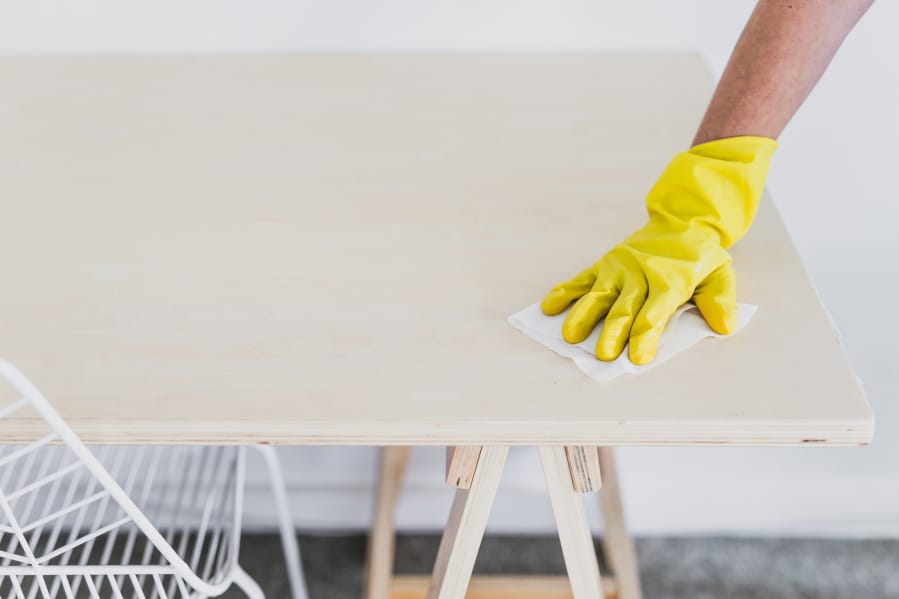Brand-name disinfectants are flying off store shelves, snatched up by shoppers looking for effective weapons against the novel coronavirus.
But some disinfectants are better than others; some probably aren’t necessary at all; and some can actually be harmful, spawning antibiotic-resistant bacteria.
We reviewed recommendations for the general population from the Centers for Disease Control and Prevention and talked to Erica Marie Hartmann, an environmental microbiologist at Northwestern University, about what people can do to prevent virus transmission at home.
We also got intel on what to look for in a disinfectant, and how to help keep your family and your community as safe as possible.
The CDC says older people and those with severe, chronic medical conditions should consult with their health care providers about additional precautions.
Among the key points for the general population:
Start with soap. The major method of transmission is thought to be person-to-person, through droplets produced when an infected person coughs or sneezes. The virus may also be spread when you touch an infected surface, and then your mouth, nose or eyes. Either way, good old-fashioned soap and water is essential, Hartmann said. The CDC recommends washing your hands often, and for 20 seconds at a time.
Continue with soap. The CDC recommends cleaning frequently touched household objects such as counter tops and doorknobs daily with household cleaners, then disinfecting.
Read labels. When buying disinfectants, look for products with alcohol or bleach listed as the first ingredient, Hartmann said.
Check the list. The CDC says most common EPA-registered household disinfectants should be effective and provides a list of specific products that are thought to work.
Be careful. Bleach and hydrogen peroxide, another common cleaning agent, are both highly reactive, so make sure you have plenty of ventilation while you are cleaning, Hartmann said. Improper use can cause chemical burns.
No vodka, please. Yes, it’s “strong,” but it’s not an effective disinfectant, Hartmann said.
Rubbing alcohol works. The solution has to be 70 percent alcohol, according to the CDC. Follow the directions on the bottle.
There’s a (CDC-approved) DIY option. The CDC offers this recipe for a DIY disinfectant: To make a bleach solution, mix 5 tablespoons bleach per gallon of water, or 4 teaspoons bleach per quart of water. Remember to check the expiration date on your bleach, and to follow the manufacturer’s instructions for application and proper ventilation. You should never mix household bleach with ammonia or any other cleanser.
Avoid antimicrobials. These sprays and solutions, which may be labeled as having long-acting bacteria fighting power, contribute to the growing problem of antibiotic resistance, in which bacteria evolve to survive the medications that once killed them, Hartmann said.
Don’t spray and walk away. Spraying a bottle or can of Lysol may make you feel better emotionally, but if the primary ingredient isn’t alcohol or bleach, and if you don’t wipe down surfaces to fully disinfect, you won’t get the desired effect, Hartmann said.



